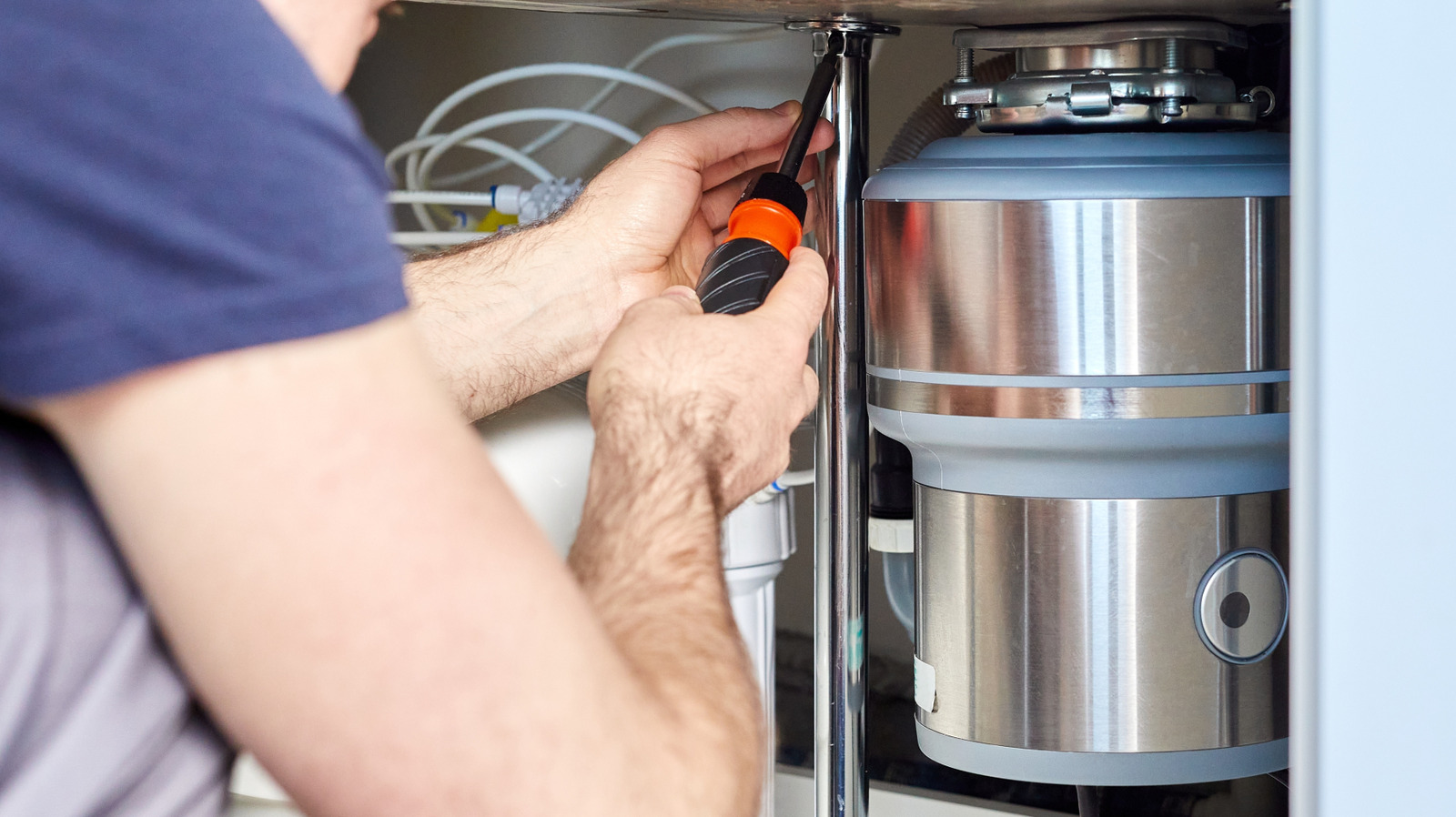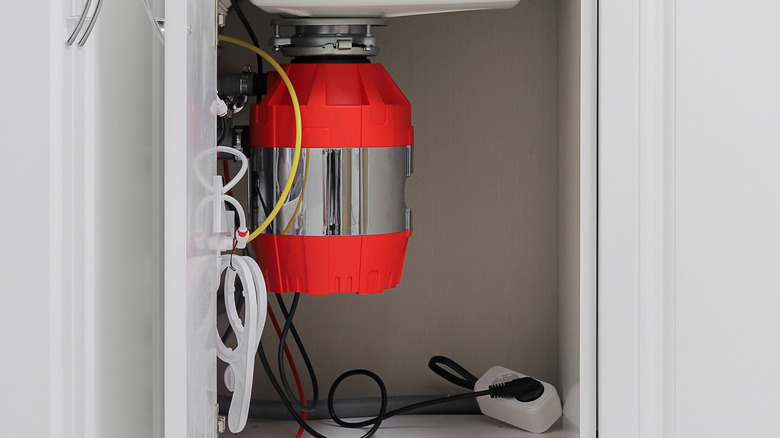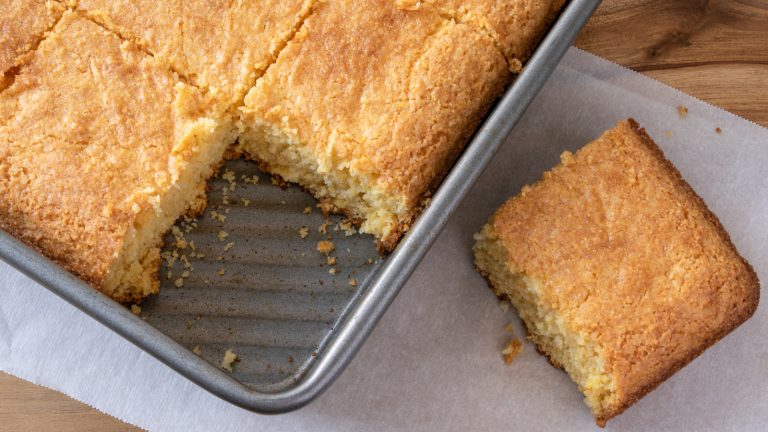If you’re brave enough to tackle an entire kitchen remodeling project, you’ve probably hit your fair share of bumps in the road. Accidentally purchasing the wrong color appliance or running out of grout in the middle of tiling the backsplash will be among the least of your worries regarding common kitchen design mistakes you’ve probably made. Once the new granite countertops are in place and you’re ready to install a shiny farmhouse sink, you will need to determine whether you can install the sink’s garbage disposal on your own or if you’re going to need a little help.
We spoke to professional Kelly Russum, owner of KC’s 23 ½ Hour Plumbing and Air Conditioning, in our article detailing 11 tips that make installing your garbage disposal a breeze, who explained that “if you need hardwiring (meaning you’re installing a model that isn’t a plug-in), some areas require a licensed electrician for the wiring.” It’s not necessarily the case for every state, but in states like California and Idaho (among many others), you need an electrician’s license to perform any kind of electrical work, from garbage disposal to ceiling fan installation. Russum also said, “if [you’re] replacing an old unit with the same type, it’s usually fine to DIY,” but keep in mind that if “you’re installing a new one where there wasn’t one before, you should check for electrical, plumbing, and permit requirements.”
Corded vs. non-corded garbage disposal
When it comes to picking the handy hardware for obliterating leftover bits of food (although don’t put potato peels in the garbage disposal), there are two types: A corded disposal or a non-corded disposal. A corded garbage disposal comes with all of the confusing electrical work already completed for you. All you have to do is plug that simple cord into a wall socket, which is usually near the base of the sink in the wall, and hook up the device to the sink itself. Though a corded garbage disposal means your placement options are a little more limited, the biggest pro of using one is just how easy the installation process is.
Non-corded garbage disposals, on the other hand, are more complicated. They don’t come with a cord and require manual hardwiring to an electrical mainframe, which is probably outside the wheelhouse of skills for most home-renovators. It involves removing plates and attaching wires, a process which could go wrong at any step if you’re even a tad unfamiliar with what you’re doing. As our expert said, some states won’t even allow you to try non-corded installation on your own for that very reason, which can make installing one more of an ordeal. Although there aren’t many functional differences between a corded and non-corded garbage disposal, it’s important to keep in mind the extra steps you’ll have to take depending on the model that you purchase.






